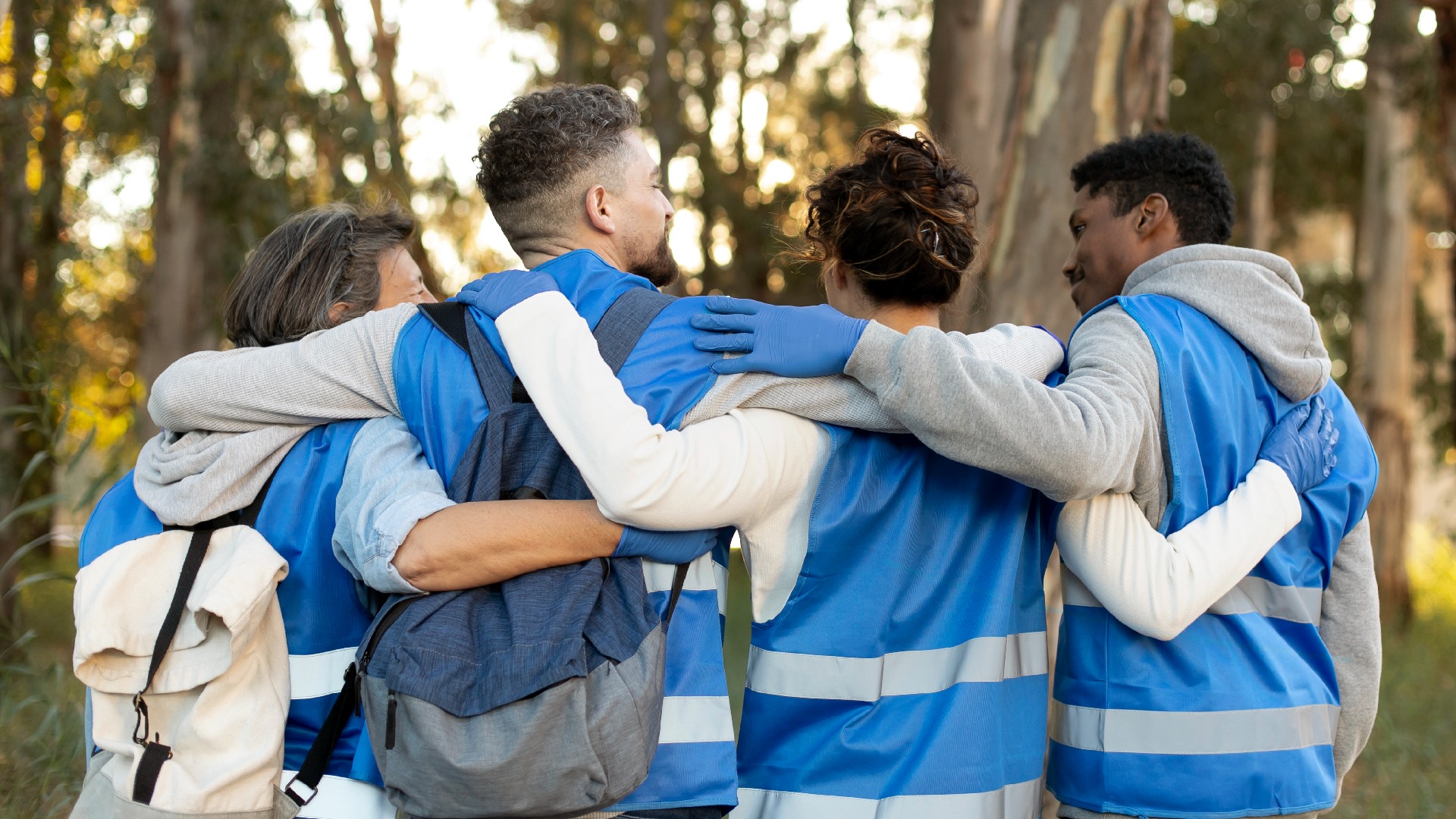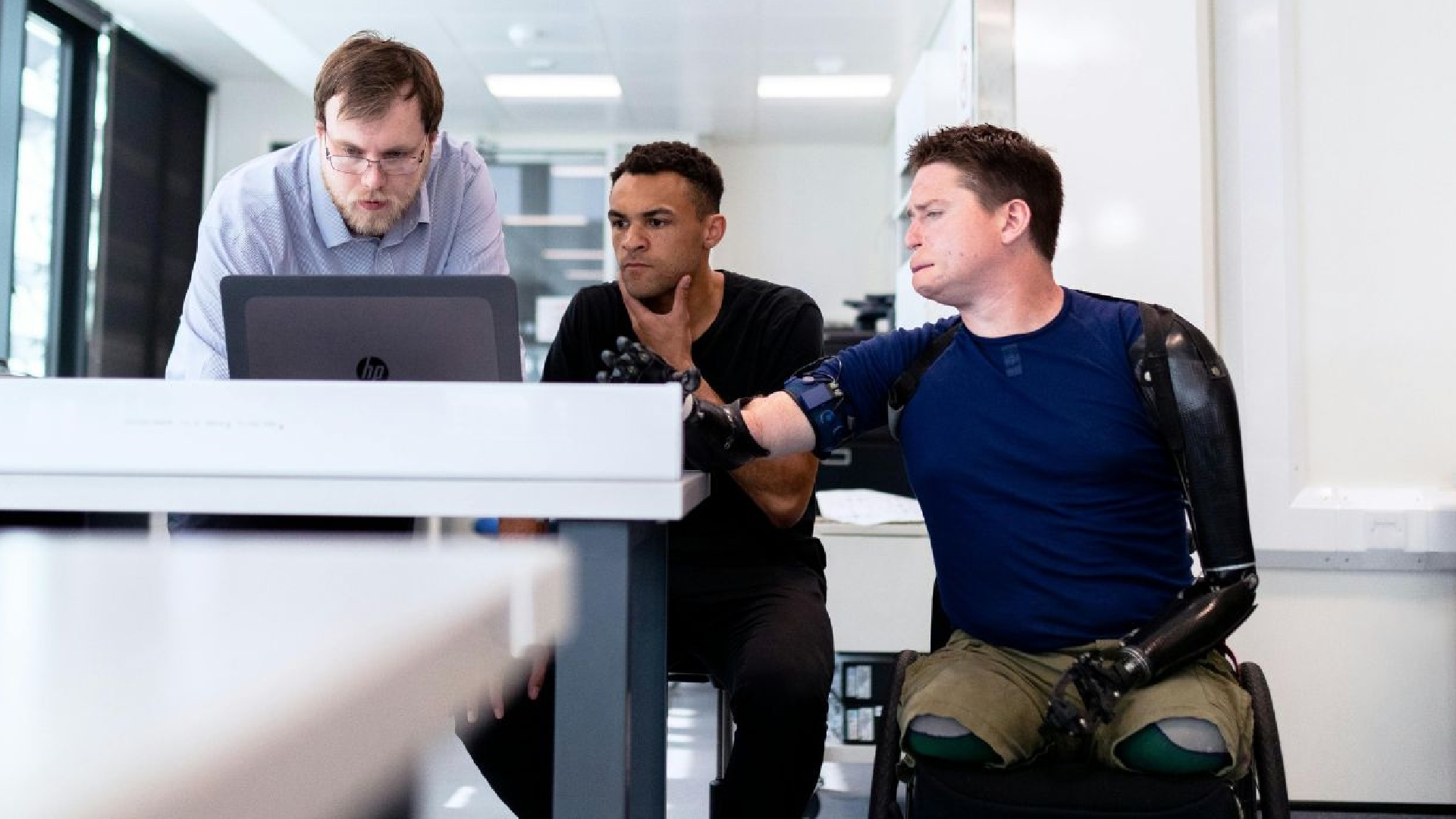Due to demographic dynamics, the older adult population is growing worldwide, so it is important to have measures of non-discrimination and awareness of aging, as well as to guarantee the rights of older adults and empower them in the labor environment.
Eliminating abuse and mistreatment of the elderlyas well as to promote the inclusion of older adults in all aspects of their lives.requires actions framed in the cultural context of each regionfor being an older person is experienced differently in different societiesbut there are basic general guidelines to be followed in order to channel efforts in the work environment.
In accordance with the Federal Law on the Rights of Older Persons, in Mexico are considered to be part of this population those who are 60 years of age or older. Likewise, the World Health Organization (WHO) recognizes that, in developing countriesa elderly person is someone 60 years of agewhile in developed countries the age is 65.
According to the projections prepared by the United Nations Organization (UN), it is estimated that between 2019 and 2030 the number of people over 60 years old will grow by 38%i.e., it will pass 1 billion to 1.4 billion. This growth will be most visible in developing countries such as Mexico.
Y, by 2050it is estimated that one out of every six people globally will be over 65 years of agewhich represents 2 billion inhabitants worldwide.
Why may older adults be in situations of vulnerability and discrimination?
In the face of this population increase, it is essential to adoption of measures against discrimination, abuse, isolation, neglect and all forms of mistreatment that undermines the the ability of older adults to lead full working, social, political, economic and cultural lives.
To this end, it is important to remember that vulnerability is not inherent to old agebut has origin in social, economic and cultural factorssuch as:
- discrimination and social exclusion;
- lack of access to health services;
- lack of educational, employment and economic opportunities;
- negative image of aging and old age;
- insufficient financial income (pension or otherwise);
- loss of family and social roles;
- loss of health and physical and mental capacities;
- weakened family and social support networks.
It is necessary to bear in mind that the inequality and vulnerability that older people may experience are interrelated with gender identity, ethnic and racial origin, sexual orientation, economic class, the presence of a disability and health factors.. For this reason, preventing abuse and mistreatment becomes an integral task that crosses different conditions and contexts. of people.
Actions to combat prejudices about older adults that hinder their inclusion
These actions, based on intergenerational solidarity, in addition to providing a aging with dignityallow improving the health of the elderly y reduce disability and mortality. In this sense, we also seek to combat the negative associations of old age with illness, disability or unproductiveness.
In order to promote the inclusion of older adults, in a particular level you can:
- combating ageism changing the way we think about age and the discourse around old age that generates prejudices and stereotypes;
- promoting a culture of active and healthy aging that eradicates the negative representation associated with illness, disability or unproductiveness;
- fostering the social inclusion of the elderly within their communities;
- strengthening social networks and supportive family members;
- encouraging the participation of older people in decision making by respecting their opinion.
From institutional way is possible:
- form multidisciplinary and interdisciplinary teams that are trained and sensitized on this issue that can identify cases of mistreatment, emphasizing prevention, attention and referral of these cases;
- generate nationwide awareness and sensitization campaigns on abuse and maltreatment in the elderly, with a rights and gender perspective, that promote intergenerational participation and the participation of all levels of society;
- to improve the efficiency of the services that provide legal assistance in cases of violence against the elderly through training and sensitization of personnel in these areas, with a cross-cutting and inter-institutional approach;
- provide training courses for caregivers that contribute to the improvement of family care strategies and favor the reduction of stress and burnout;
- strengthening pension systemsThe provision of decent pensions for the elderly is of paramount importance.
Older workers
With respect to what can be done from the organizations and workplaces to effectively include older adults in their workplaces.There are several strategies to consider.
The International Labor Organization (ILO) remember that there are workers who, due to advancing age, encounter greater difficulties in terms of employment and occupation. To address these issues in a balanced manner and ensure that employment problems are not shifted from one population group to another, the ILO makes the following recommendations.
- Promote equality of opportunity and treatment of workers regardless of age. This translates into the implementation of measures and programs that guarantee that all the workforce have access to:
- career counseling and placement services;
- promotion and fair distribution of tasks;
- remuneration for work of equal value;
- social security measures and social benefits;
- and health and safety measures.
- Implement measures to ensure that older workers continue to work under satisfactory conditions.such as as:
- correct working and environmental conditions that may accelerate the aging process;
- changing the way work is organized and the organization of work schedules in relation to the possibilities of older workers;
- adapting the workstation and its tasks using all technical means available and, in particular, by applying the principles of ergonomicsfor preserving health, preventing accidents and maintaining work capacity;
- maintaining a more systematic surveillance of workers' health status;
- to encourage the progressive reduction of working time of older workers who so request;
- increasing paid annual leave based on seniority or age;
- allow older workers to organize their working time and leisure time at their own convenience.
- Preparation and access to the retreat. This is one of the fundamental aspects for older workers, so it is necessary:
- ensuring a gradual transition between a professional life and a free-lance regimewhere a worker's transition to retirement is voluntary;
- making the age of eligibility for old-age benefits flexible.
A date to remember the importance of these actions
Appointed by the United Nations General Assembly in 2011the June 15 is World Day for Elder Abuse Awareness Day to reflect on the physical, mental and health problems that make older adults victims of actions that cause them physical and emotional distress and harm..
The objective of this day is to to encourage individuals, communities and governments to implement strategies that raise awareness of aging, empower older adults and guarantee their rightsas well as eliminating poverty in this sector of the population and promoting conditions that enable societies and families to provide protection and care those who are aging.
Which of these measures for the inclusion of older adults in the workplace are already implemented in your organization?
Sources: United Nations, National Human Rights Commission, World Health Organization y International Labor Organization



